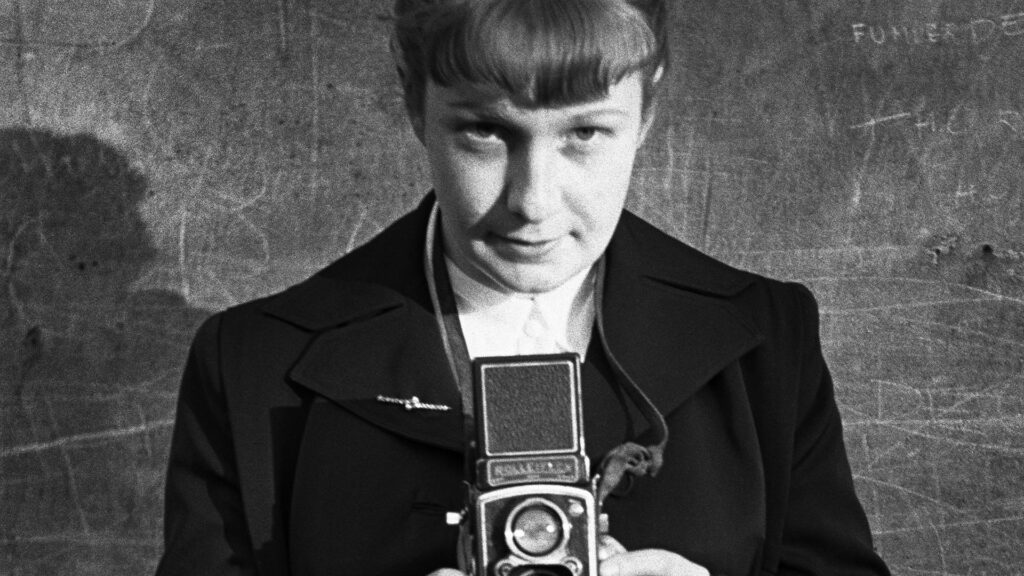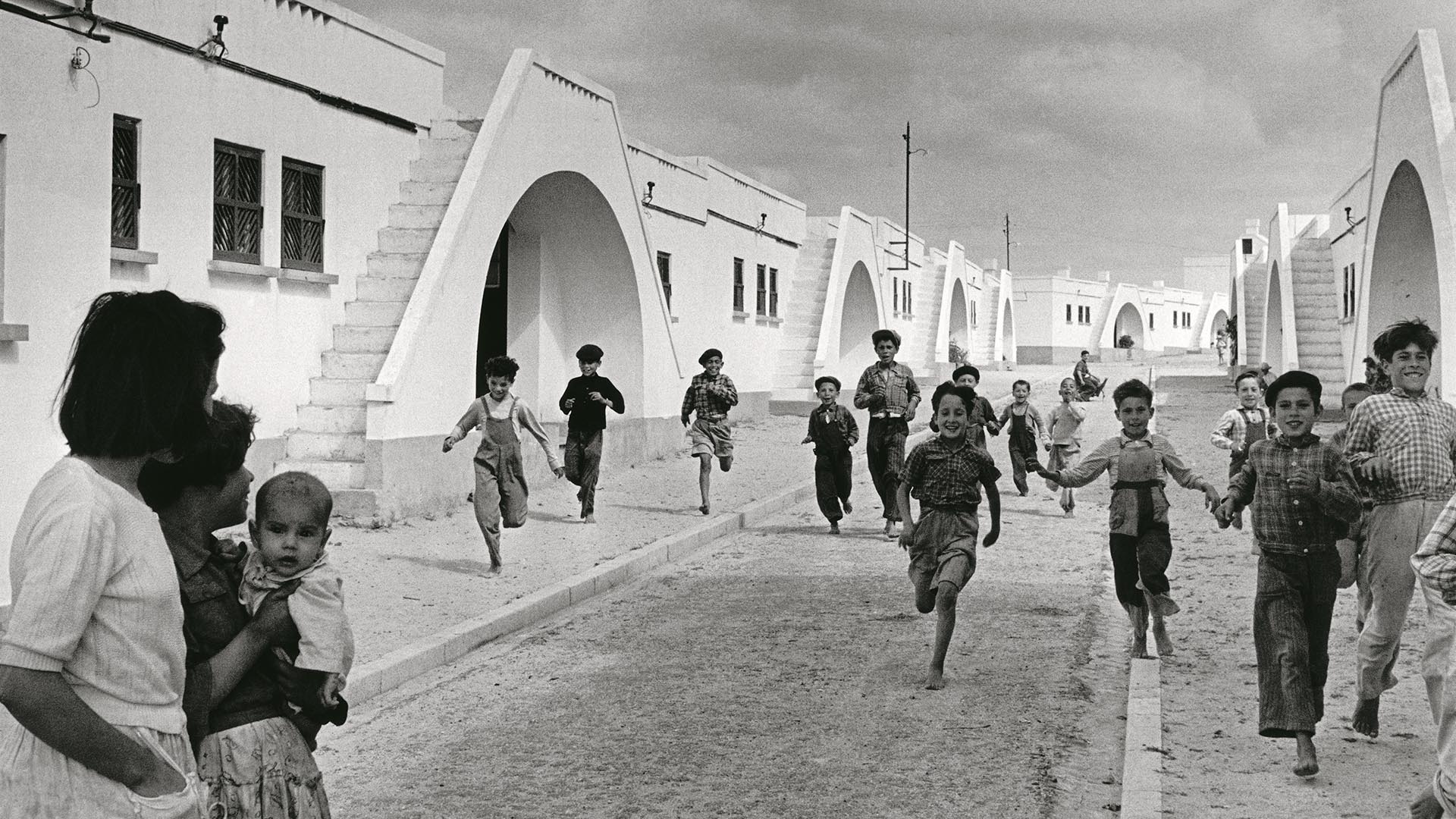
Photography exhibition space Casa dei Tre Oci rounded up its 2022 programme with a tribute to the amazing work of French-Swiss photographer Sabine Weiss, who died last year in Paris. Weiss has been one of the most renowned representatives of French humanist photography, together with Robert Doisneau, Willy Ronis, Edouard Boubat, Brassaï, and Izis.
Exhibition Sabine Weiss. The Poetry of The Instant, curated by Virginie Chardin and Denis Curti, marks the last instalment of activities promoted by Fondazione di Venezia and produced by Marsilio Arte over the last several years at Casa dei Tre Oci. Taking the reins for the upcoming season will be Berggruen Institute, who will find new art territories to explore while devoting particular attention to photography.
Sabine Weiss (Saint-Gingolph, Switzerland, 1924 – Paris, 2021) began working as a photographer quite early, and at a time when it was especially difficult for a woman. She married Hugh Weiss in 1950, and moved to Paris with him. In 1952, her career zoomed forward as she joined the Rapho agency under the good auspices of Robert Doisneau. Her pictures were published in major international publications, like the New York Times, Life, Newsweek. Museums dedicated exhibitions to her work, too, like the MoMA in New York.

In Venice, 200+ pictures make the largest retrospective ever produced on her photography. What we notice right away is Weiss’s ability to zero in on the bodies and gestures of people to convey their emotions and their feelings, unfiltered. There’s no doubt that her work has been inspired by curiosity and enthusiasm in the way it shows the photographer’s ability to empathize with her subjects. There’s a lot of truth in them, too: in reportages, portraits of artists and actresses, street photography, scenes of daily life, her famous children’s portraits. More, there’s pictures of her many travels around the world (Burma, India, Portugal…), fashion photographs for Vogue dated 1952-1961, and a series on psychiatric institutions. Sabine Weiss makes us feel the same emotions she felt the minute she took those pictures: children, passers-by, workers. She shows her subjects in their unemphatic, ordinary dimension. No excesses, no technical expedients, only simple normality with all its flaws and humanity. As she put it, photography is “an alibi, a pretext for seeing everything, for going everywhere, for communicating with everyone.”
Featured image: 1953. Self-portrait © Sabine Weiss